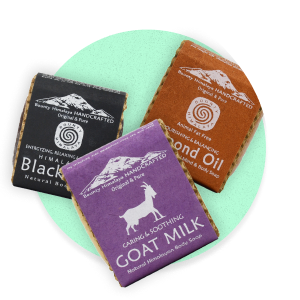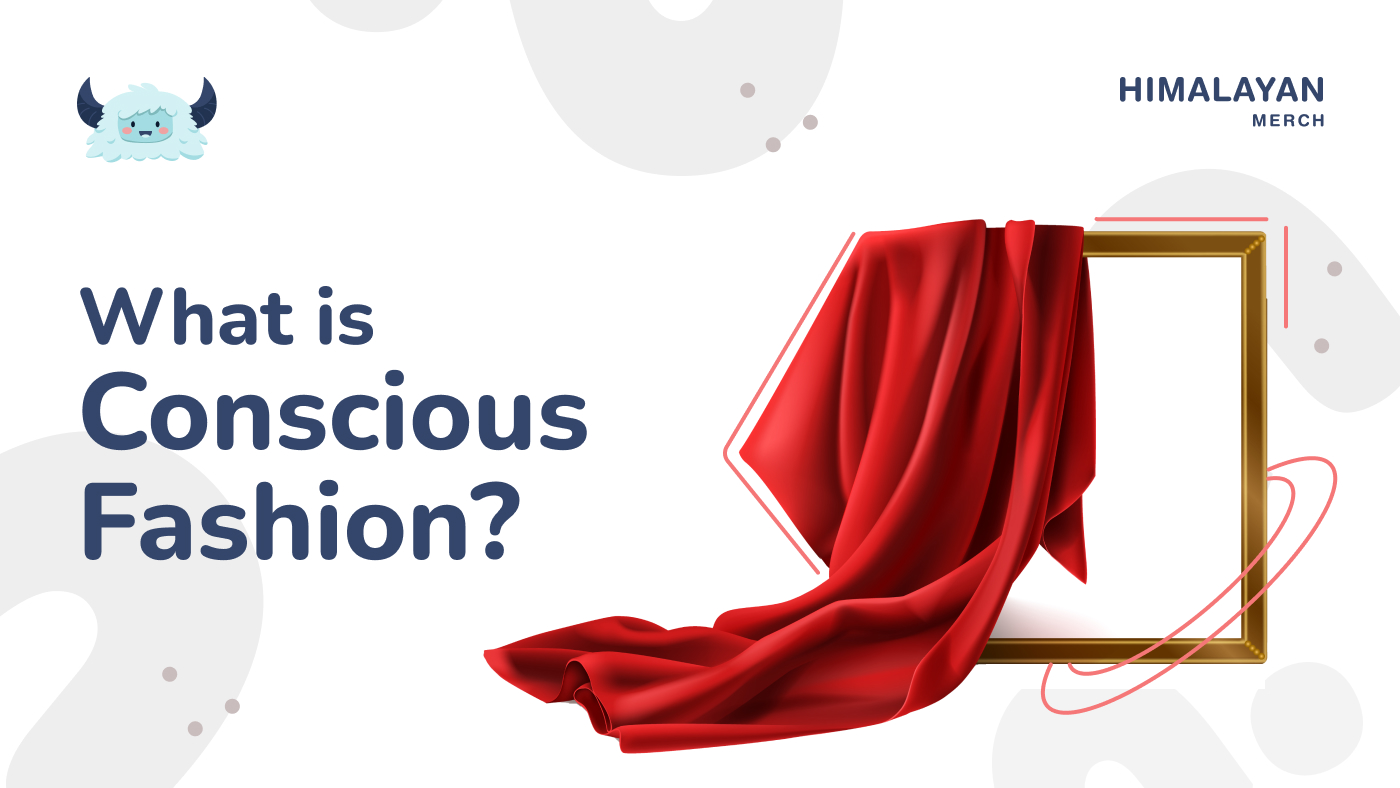Sustainable Fashion
What is Conscious Fashion?
Fashion is one of the most exploitative industries on the planet. This $2.5 trillion dollar industry has seen tremendous growth over the last decades, just as it has grown up to produce 10% of humanity’s carbon emissions. According to UNECE, 2018, 85% of all textiles go to the dump each year. It is also the second-highest user of water worldwide. Washing clothes sends a significant amount of microplastics into the ocean. Fashion production dries up water sources, pollutes rivers and streams. And as more social impacts of fashion in terms of human rights, gender inequality is increasing, the need to shift a conscious fashion is evident.
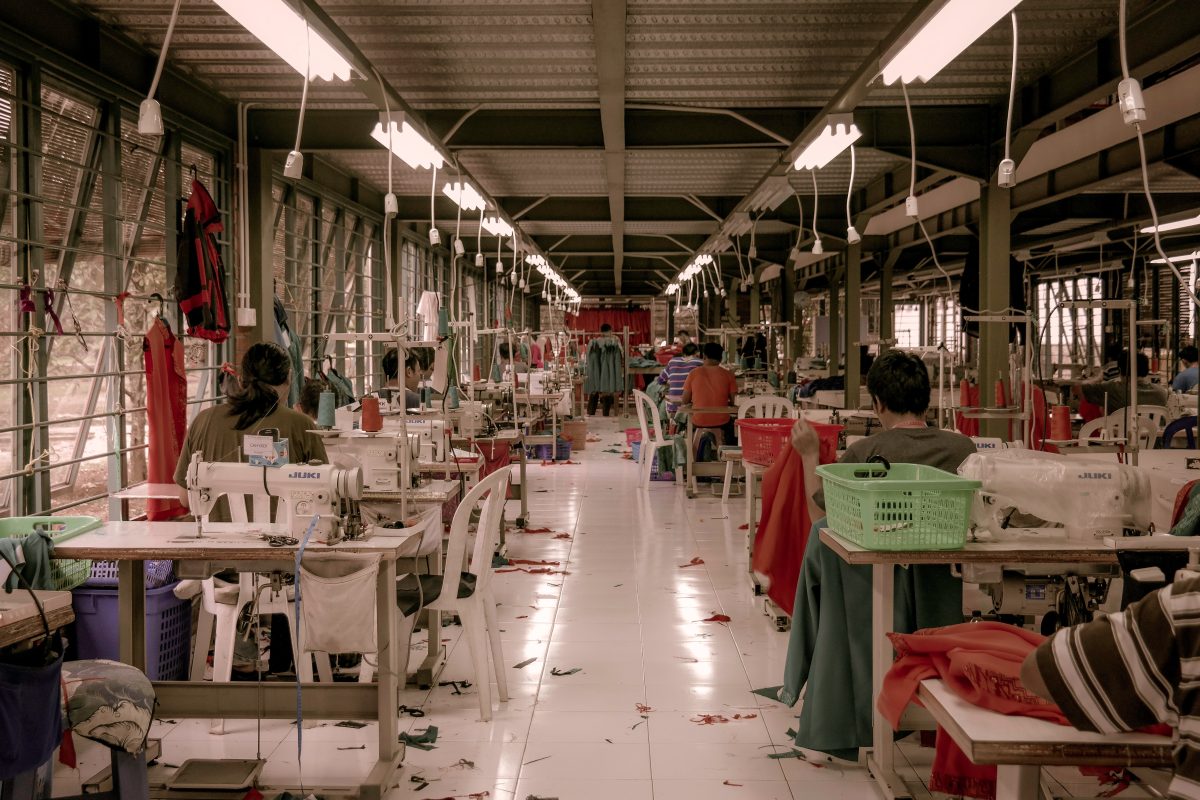
So, what is conscious fashion?
Call it conscious, ethical, sustainable, organic, vegan, animal-friendly, or whatever, caring where our clothes and fashion comes from, who made them, how much energy and resources went into the growing and production is what consciousness in fashion entails. In recent times, conversations around sustainable and conscious fashion have started to buzz. Customers are growing more aware of the impact of fashion on the environment as well as its implications on social inequality. They are starting to reject fast fashion and looking for alternatives to keep up with the trends without going against their moral and ethical standards.
Navigating conscious fashion can feel daunting. Because It makes us consider things about our clothes that we never think to ask. Conscious fashion is taking responsibility and accountability for what we wear and consume every day. It touches on all aspects of fashion like who made the clothes and where, how the people were compensated and treated, whether or not the materials are chemical-free, natural, and good for one’s health as well as the environments, how much water and energy was used for production, is it a renewable resource, is the brand ethical and aware themselves, whether or not animals were harmed in making the products, etc.
This is a lot to consider when you want to buy a plain T-shirt. But as the world moves towards transparency and awareness, we as consumers of the fashion industry have to move along with it. Conscious fashion isn’t meant to reduce your options and restrict your wardrobe, but to provide you with more options among the ones that are sustainable. Such ethical fashion is built to last a long time, not just a season, in both material and style. Labelling is a way to simplify things, but in truth, none of the categories has clear boundaries. They overlap in goals and practices, so there is no one way to go about them. A start would be to look at some concepts or practices within conscious fashion.

Fair Trade Fashion
The fashion industry is notorious for modern-day slavery and the mistreatment of factory workers in developing countries. They are paid low wages, made to work in unsafe environments to reduce production costs, and are exploited with daunting and tiring tasks for long periods of time.
Fair Trade is a system of certification. It aims to provide job security, better wages, and rewards to marginalized and underprivileged workers for their hard work and labour. It ensures workers’ rights, safer working conditions, and fairer pay. For consumers and supply companies, it means high-quality, ethically produced products.
All in all, Fair Trade changes the way trade works by maximizing transparency about worker conditions, and ensure that workers are paid and treated fairly, and guaranteed safe working conditions.
Green Fashion or Sustainable Fashion

Any recent study will tell you the impact that the fashion industry has on our planet. The agriculture of fashion crops, creation of synthetic fibres, production of clothing, distribution, and disposal, makes the fashion industry one of the most polluting industries worldwide. As a result, the fashion industry is responsible for almost 10% of all carbon emissions of the world.
Brands that are labelled sustainable or green therefore attempt to lower their carbon footprint and minimize their environmental impact. This could be done through more efficient utilization of energy or renewable sources, utilizing recycled textiles, or eco-friendly textiles. The cultivation, harvesting, and production of eco-friendly materials are less harmful to the environment.
Slow Fashion
A term you often hear in fashion-conscious conversations is fast fashion. Fast fashion is the selling of low-quality, mass-produced garments that will only last a season. As a result, clothes get worn out quickly and we have to throw them away. But what we don’t know about throwing away clothing in the garbage is that not only does it waste money and resources, but it can take 200+ years for the materials to decompose in a landfill. Biodegradable fabrics include cotton, silk, bamboo, wool, linen, alpaca, Tencel, hemp, cashmere, and rayon viscose. But these materials are often treated and blended with other materials and chemicals, making it difficult for them to decompose. During the decomposition process, textiles generate greenhouse methane gas and leach toxic chemicals and yes into the groundwater. Washing these clothes sends a significant amount of microplastics into the ocean. And when 85% of all textiles go to dump each year, according to UNECE, 2018, we can only imagine the damage it does.
Fast fashion also has a human cost. Textile workers, primarily women in developing countries, are paid derisory wages and forced to work long hours in appalling conditions. In many places, these working conditions even create infringements on human rights. The use of chemicals in clothes production also raises serious health concerns for both the workers in the industry and consumers. These environmental and social costs of the fashion industry force us to rethink fast fashion and make way for sustainable business models and practices.
Slow fashion offers season-less clothing made to last a lifetime. It incorporates traditional production techniques and the use of organic and eco-friendly materials, along with working conditions that align with human morals and rights.

Why Conscious Fashion?
Consciousness in the fashion that we consume means we are aware of all these social and environmental impacts of fashion and strive to make a change. However, conscious fashion doesn’t need to be boring, expensive, and restrictive. There are plenty of brands that create stunning, stylish clothes that are also sustainable or ethical, and come at affordable prices. Brands like Himalayan Merch, with sustainability at its heart, offer contemporary styles, made of plant-based or recycled materials like hemp. Our hemp products are made from 100% pure hand-woven hemp fabric that makes it 100% organic and eco-friendly. It is natural, earthy, eco-friendly, and biodegradable.
Fashion is important. We need clothes regularly, for different occasions. For things that everyone has to buy and buy a lot, we need to at least be aware of where it’s coming from and how, and where it will go and how. Conscious fashion is transparent, promising, and lasts a long time. It helps us decrease our carbon footprint and take a stand against labour exploitation and unethical ways of fashion. Making small changes and thinking a little more before buying makes all the difference. Let’s invest in good pieces that will serve their purpose in our wardrobe and make a change for the better environmentally.
Browse the collection of products made using Himalayan Hemp at our website himalayanmerch.com!
-
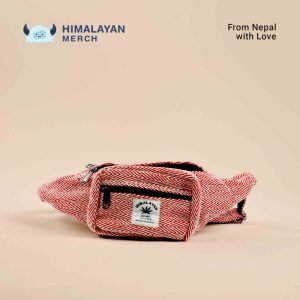 Hemp Fanny Pack$ 15.00
Hemp Fanny Pack$ 15.00 -
 Hemp Tobacco Purse$ 10.00
Hemp Tobacco Purse$ 10.00 -
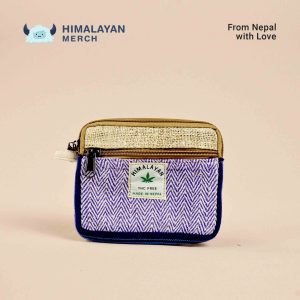 Hemp Wallet$ 6.00
Hemp Wallet$ 6.00 -
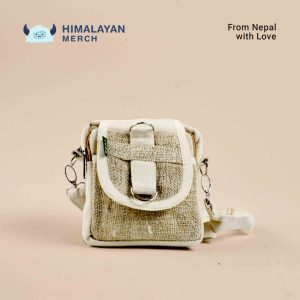 Hemp Passport Bag$ 22.00
Hemp Passport Bag$ 22.00 -
 Pure Hemp Side Bag$ 22.00
Pure Hemp Side Bag$ 22.00 -
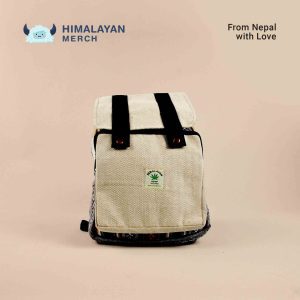 Buttoned Hemp Bag Pack$ 35.00
Buttoned Hemp Bag Pack$ 35.00 -
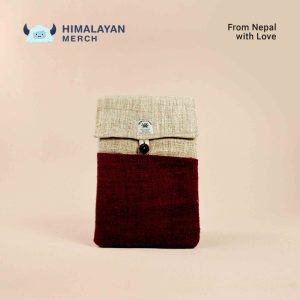 Hemp Laptop Sleeve$ 28.00
Hemp Laptop Sleeve$ 28.00 -
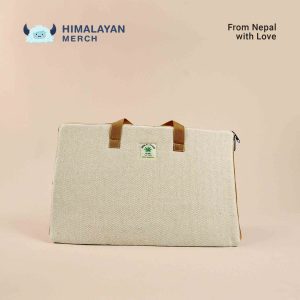 Hemp Laptop Bag | Laptop Case$ 20.00
Hemp Laptop Bag | Laptop Case$ 20.00 -
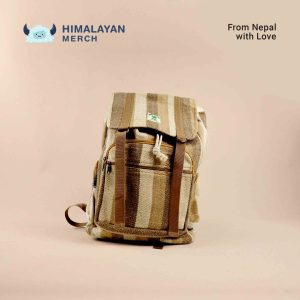 Hemp RuckSack$ 40.00
Hemp RuckSack$ 40.00


